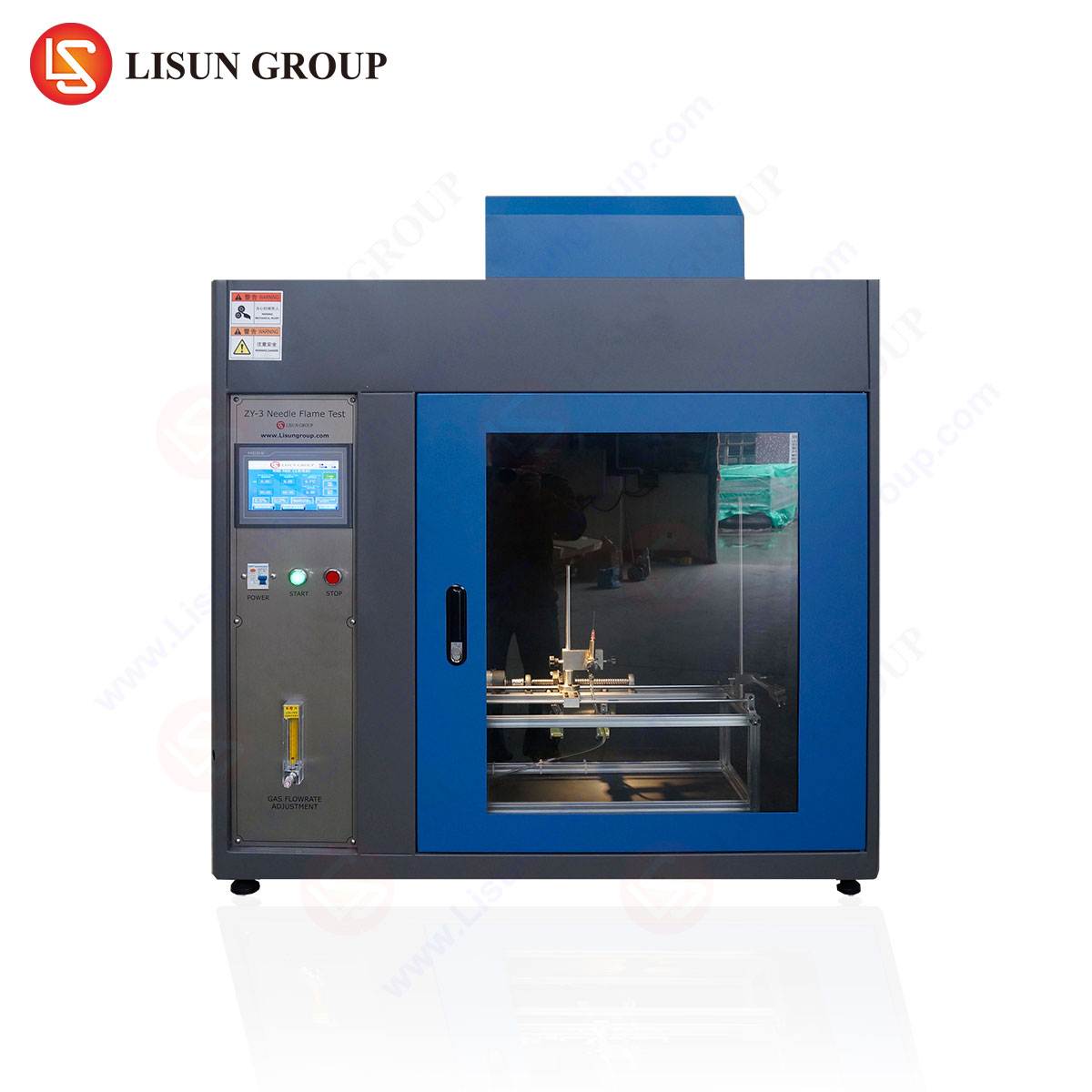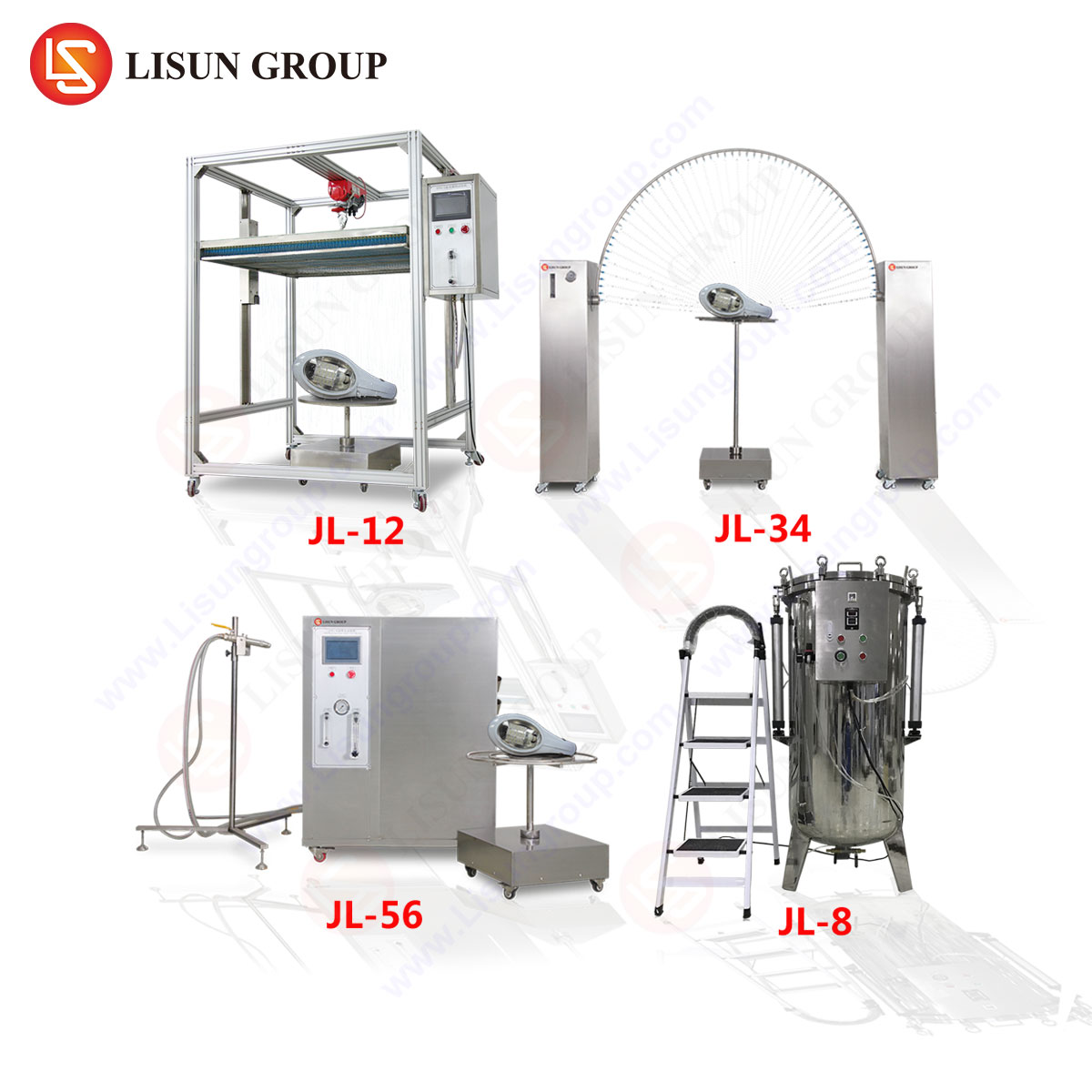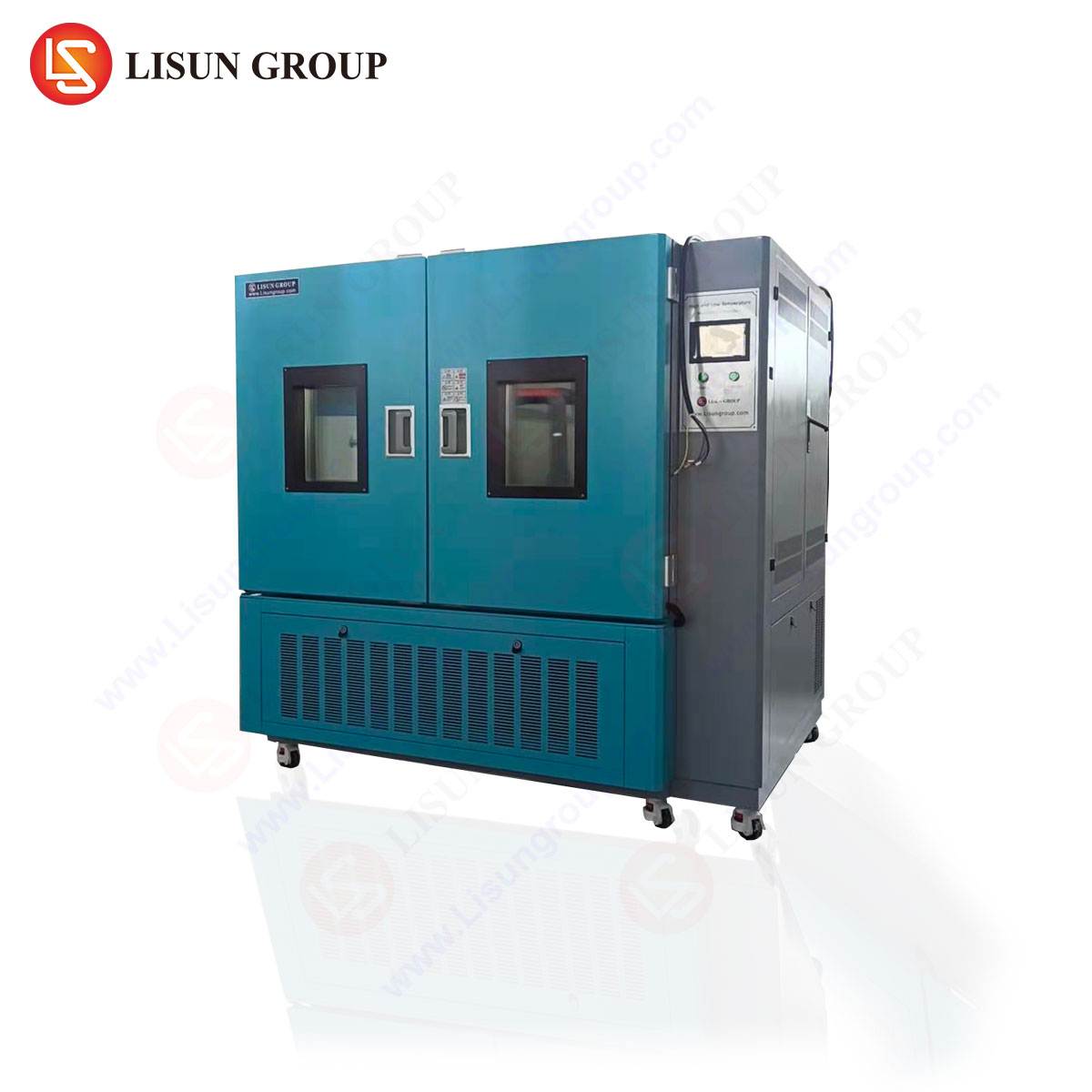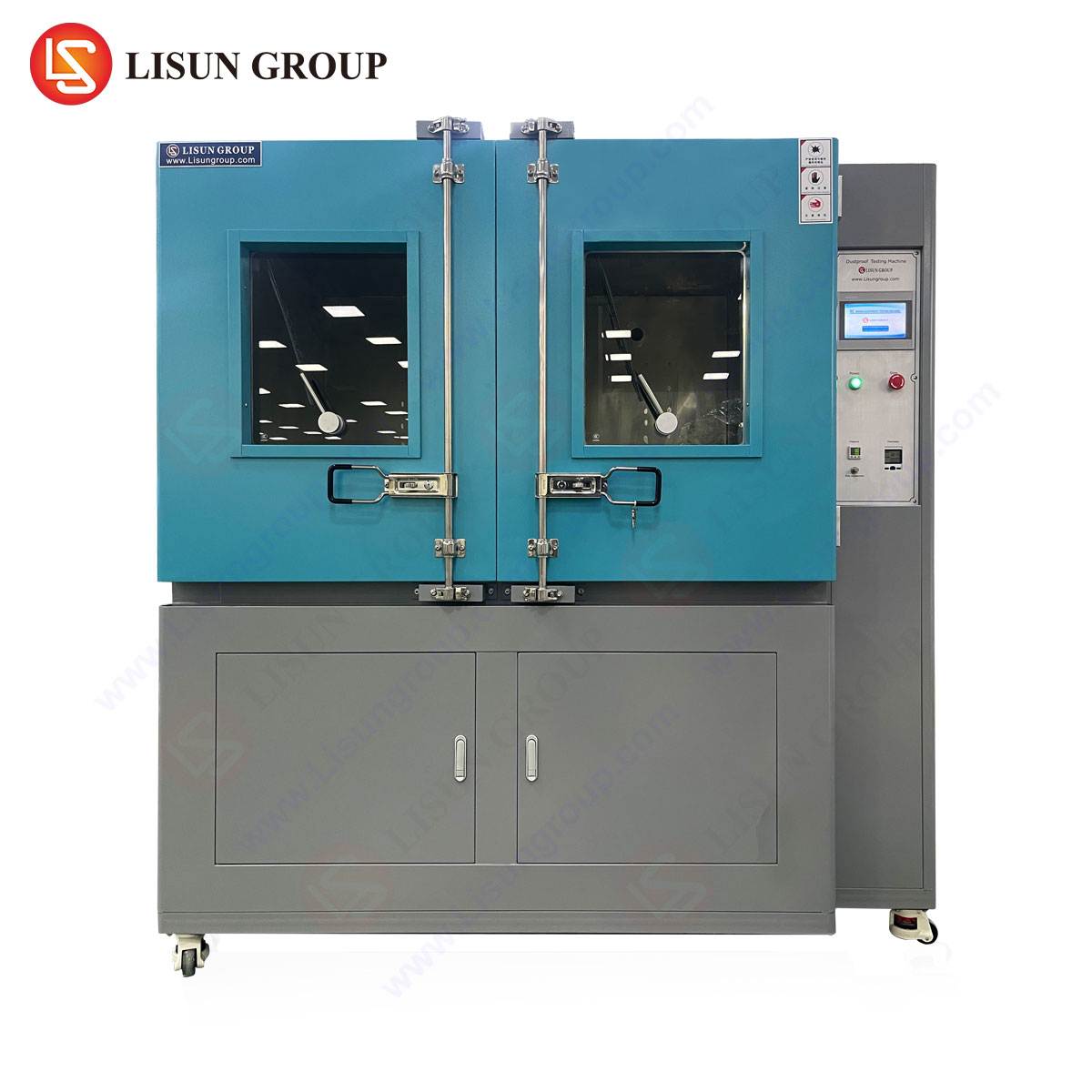The Role of the UL 498 Probe PA190 in Safety Compliance Verification
The verification of safety and mechanical integrity in electrical wiring devices is a non-negotiable prerequisite for global market access. At the heart of this verification process for plugs and sockets lies a deceptively simple yet critically important tool: the UL 498 Probe PA190. This standardized test probe is not merely a piece of metal; it is the physical embodiment of a specific safety requirement, designed to prevent a specific failure mode—the accidental insertion of foreign objects into a receptacle and subsequent access to live electrical parts. Its application, governed by the stringent parameters of UL 498, the Standard for Safety for Attachment Plugs and Receptacles, provides a binary, repeatable, and objective assessment of a product’s protective characteristics. The precision required to manufacture and apply this probe necessitates specialized equipment, such as the LISUN Gauges for Plugs and Sockets, which are engineered to deliver the exacting force and alignment mandated by the standard.
Anatomical and Dimensional Specifications of the PA190 Probe
The UL 498 Probe PA190 is defined by a meticulous set of dimensional and material specifications that leave no room for interpretation or variance. Its design simulates a small-diameter, rigid object that a child might inadvertently insert into a socket. The probe consists of a cylindrical metal rod with a hemispherical tip. The critical dimensions are its diameter and the radius of its tip.
The body of the probe has a nominal diameter of 1.190 mm (0.047 inches). The tip is ground to a hemisphere with a radius of 0.595 mm (0.023 inches), which is exactly half the diameter, ensuring a perfect semi-spherical end. The probe is constructed from hardened steel to prevent deformation during testing, which could compromise the accuracy and repeatability of the test. The length of the probe is sufficient to allow it to be mounted in a handle or fixture that can apply the required force without flexing. The entirety of the probe’s geometry is machined to exceptionally tight tolerances, typically within ±0.005 mm, to ensure that every certified probe is physically identical. This uniformity is paramount, as even a minor deviation could lead to a false pass or fail result during compliance testing.
The Underlying Safety Principle: Inaccessible Live Parts
The fundamental safety principle validated by the PA190 probe is the inaccessibility of live parts under normal and foreseeable abnormal conditions. Electrical receptacles are designed with shutters, barriers, or contact arrangements that require the simultaneous insertion of both plug blades to open the access path to the live contacts. The probe test is a deliberate attempt to defeat these safety mechanisms. The test simulates a scenario where a single, small-diameter object is pushed into one of the socket openings.
A compliant socket design must prevent the probe from making electrical contact with any live part that is rated at 30V or more. The probe is inserted into every possible opening of the receptacle—line, neutral, and equipment grounding openings—with a specified force not exceeding 1 Newton (N). If the probe can contact a live part from any opening, the product fails the test. This requirement ensures that a child, or anyone, inserting a single object like a paperclip, jewelry, or a tool, cannot readily receive an electric shock.
Calibration and Application Protocol in Laboratory Settings
The application of the PA190 probe in a certified testing laboratory is a formalized procedure, not an ad-hoc inspection. The probe itself must be regularly calibrated to confirm its dimensions have not changed due to wear or damage. This calibration is typically performed using optical comparators or laser micrometers that can verify the diameter and tip radius to the micron-level tolerances required.
During the test, the receptacle is mounted in a representative configuration, as it would be installed in a wall box or assembly. The probe is then methodically applied to each opening. The standard specifies that the probe must be inserted “by slowly increasing the force applied to the probe” until a force of 1 N is reached or until the probe stops. The force must not be exceeded, and the probe must not be jerked or manipulated. The test is conducted with the receptacle both energized and de-energized, with the electrical contact detection being the primary failure criterion. The entire process is often documented with high-resolution video or photographic evidence to provide a clear audit trail for certification bodies.
Integration with LISUN’s Specialized Gauge Systems
Manually applying the probe with the correct, minimal force is inherently subjective and prone to human error. To eliminate this variability and ensure testing repeatability, manufacturers and test laboratories rely on specialized gauge systems. The LISUN Gauges for Plugs and Sockets are engineered specifically for this purpose, providing a calibrated, mechanical means of applying the UL 498 Probe PA190 and other similar test probes.
The LISUN system typically consists of a rigid framework that holds the device under test (DUT) securely in place. A precision-mounted probe holder is then advanced towards the DUT using a fine-threaded mechanism or a calibrated spring-loaded assembly. This apparatus is designed to apply a maximum force of precisely 1 N, ensuring the test is performed exactly as stipulated by UL 498. The gauge often includes features to ensure perpendicular alignment of the probe to the face of the receptacle, as an angled insertion could invalidate the test. By utilizing a system like LISUN’s, laboratories can guarantee that their compliance testing is not only accurate but also consistently reproducible across different operators and over time, which is a critical requirement for maintaining ISO 17025 accreditation.
Comparative Analysis with Other International Test Probes
While the UL 498 Probe PA190 is specific to the North American standard, the concept of a “test probe” is universal in international safety standards. However, the dimensions and applied forces differ, reflecting varying safety philosophies and historical precedents. Understanding these differences is crucial for manufacturers designing products for global markets.
For instance, the IEC 60884-1 standard, which governs plugs and sockets in much of Europe and other regions, specifies a different probe, often called the “IP2X probe” or the “access probe.” This probe has a diameter of 12.5 mm and is applied with a force of 10 N ± 1 N. The larger size and greater force represent a different test scenario. Another common probe is the “IP4X probe,” which is designed to assess protection against tools and wires greater than 1.0 mm diameter. The PA190, by comparison, is among the smallest and most stringent probes regarding the size of the object it simulates. A product may pass the IEC probe test but fail the UL probe test, necessitating design adjustments for different geographical markets. The LISUN gauge systems are often modular, capable of accommodating these various international probes (IEC 61032 Test Probes 12, 13, 18, etc.) with quick-change fixtures, making them an invaluable tool for multinational compliance verification.
Implications for Product Design and Manufacturing
The existence of the PA190 probe has a profound and direct impact on the design of every receptacle intended for the North American market. Engineers must design the internal shutter mechanism or contact barrier geometry to be impervious to this specific probe. This often involves complex interlocking shutters that only open when both plug blades are inserted simultaneously, or precisely molded internal barriers that physically block the probe’s path.
The manufacturing process must then consistently produce these features with high precision. Variations in molding, stamping, or assembly can create a gap or misalignment large enough for the probe to penetrate, leading to a non-conforming product batch. Therefore, the PA190 probe is not only a tool for third-party certification labs but also a essential quality control instrument on the factory floor. Many manufacturers use fixtures, often based on the same principles as the LISUN gauges, to perform 100% inspection or frequent statistical process control (SPC) checks on production lines. This proactive use of the gauge prevents mass production of non-compliant products, saving significant costs associated with rework and recall.
Case Study: Validating Shutter Mechanism Integrity
Consider the development of a new tamper-resistant receptacle (TRR) design, now mandated by the NEC for most residential installations in the United States. The design team prototypes a new shutter mechanism that uses a pivoting plastic barrier. Initial functional tests with an actual plug show smooth operation. However, during formal pre-compliance testing using a calibrated LISUN gauge fixture and the PA190 probe, a failure is detected.
The probe, when inserted into the neutral slot with exactly 1 N of force, is able to slightly deflect the shutter. This deflection is insufficient to allow a plug blade to enter but is just enough for the hemispherical tip of the probe to make momentary electrical contact with the live contact inside. This failure, invisible to the naked eye and undetectable without the precise force application of the gauge, necessitates a redesign. The engineers reinforce the shutter pivot and adjust its spring load. Subsequent tests with the PA190 probe, applied via the LISUN gauge, confirm that the deflection is eliminated and the design is now fully compliant. This case underscores how the probe and its precise application system are integral to achieving a truly safe product design.
Frequently Asked Questions
Q1: Can the UL 498 Probe PA190 be used for testing other products besides wall receptacles?
Yes, while its primary application is for plugs and sockets per UL 498, the probe’s fundamental purpose is to test for accessibility of hazardous live parts. It may therefore be specified in other UL standards, such as those for appliance couplers, connectors, or even internal components of equipment where user-accessible openings exist, to verify that a similar hazard is not present.
Q2: How often does a PA190 probe need to be calibrated or replaced?
The calibration frequency depends on usage and should be defined in the laboratory’s quality control procedures, typically aligned with ISO 17025 requirements. For high-use labs, this could be semi-annually or annually. The probe should be inspected before each use for visible damage or wear. Replacement is necessary if calibration checks reveal dimensional tolerances are exceeded or if the hemispherical tip is nicked, flattened, or otherwise compromised.
Q3: What is the consequence of applying more than 1 Newton of force during the test?
Applying excess force is a violation of the test protocol and invalidates the results. The 1 N force is a critical part of the test simulation. Using more force could force a probe into a design that would otherwise be safe, causing a false failure. Conversely, it could deform a component and create a false pass. The use of a calibrated force application system like a LISUN gauge is the prescribed method to prevent this error.
Q4: Does the LISUN gauge system only work with the PA190 probe?
No. High-quality systems like those from LISUN are designed to be modular. They typically include a universal fixture or chuck that can accept a wide array of standardized test probes, including those from IEC (e.g., IP2X, IP4X), other UL probes (e.g., for testing openings in enclosures), and custom probes. This makes a single gauge system a versatile investment for a compliance laboratory.
Q5: If a product passes the PA190 probe test, is it automatically considered “child-proof”?
Not exactly. The term “child-proof” is a marketing term and an absolute claim that is difficult to substantiate. The PA190 probe test is a specific, standardized assessment that defines a minimum level of safety regarding access to live parts by a small object. It is a critical and legally recognized benchmark for safety. However, it does not account for all possible scenarios of misuse or the use of other objects not simulated by the probe. It is more accurate to state that a passing product meets the stringent requirements for “inaccessible live parts” as defined by UL 498.







